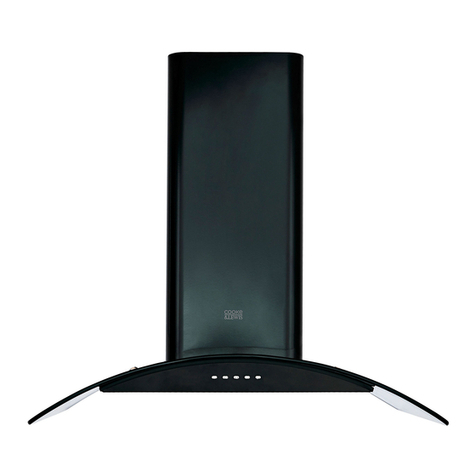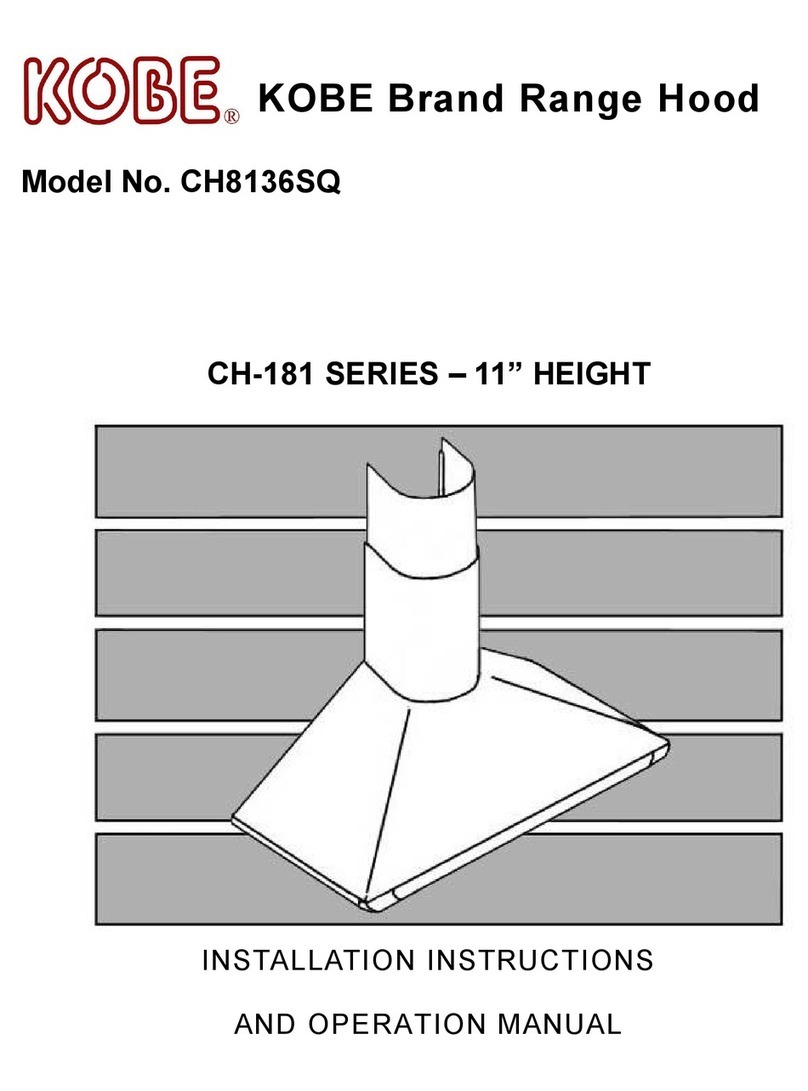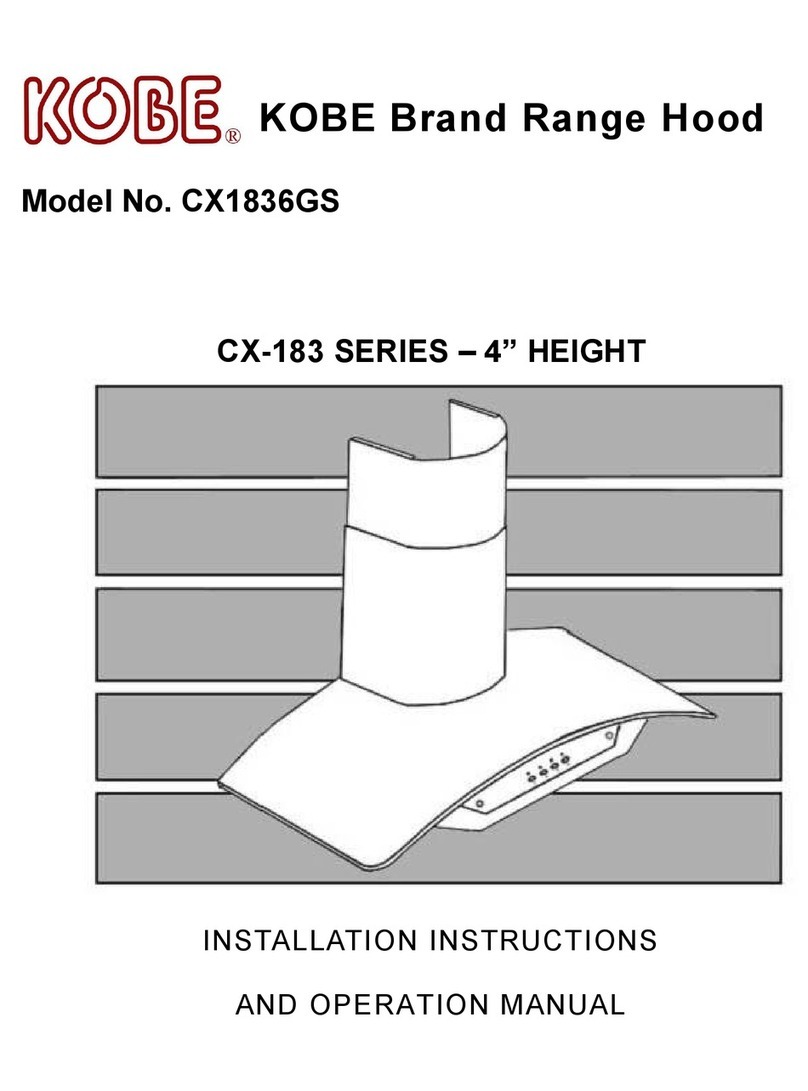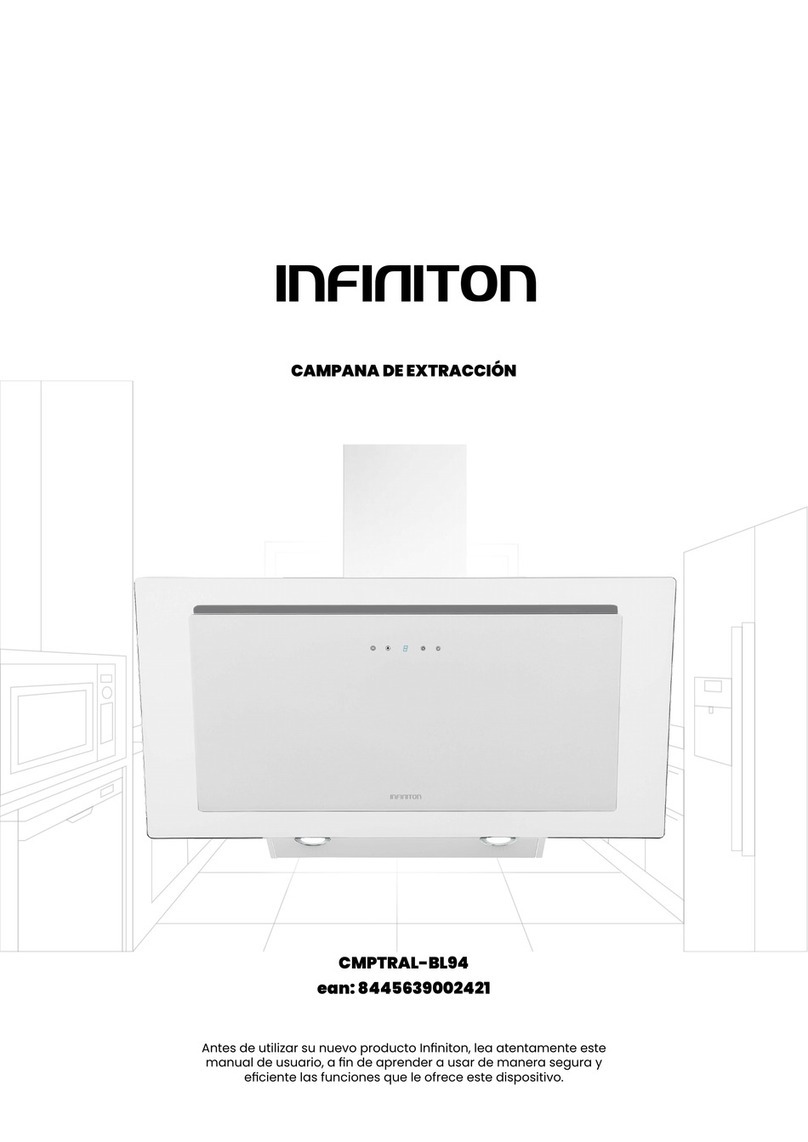Gaggenau AH 592-120 Product guide


















This manual suits for next models
1
Other Gaggenau Ventilation Hood manuals

Gaggenau
Gaggenau AH 590-120 Product guide

Gaggenau
Gaggenau AR413122 AD854048 User manual

Gaggenau
Gaggenau AW 260-170 Assembly instructions

Gaggenau
Gaggenau AR 403 120 User manual
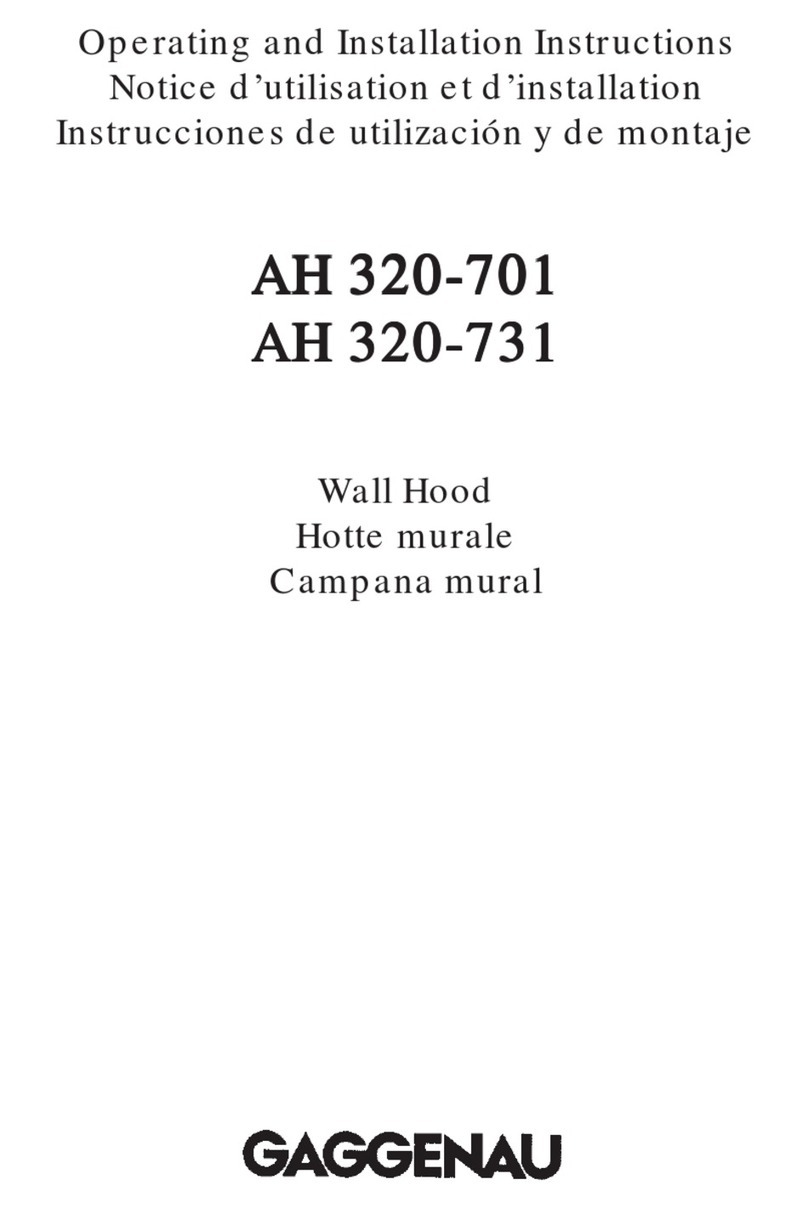
Gaggenau
Gaggenau AH 320-701 User manual

Gaggenau
Gaggenau VL 431 Product guide

Gaggenau
Gaggenau AW 220170 User manual

Gaggenau
Gaggenau AL 400 User manual

Gaggenau
Gaggenau AH 530-720 Product guide

Gaggenau
Gaggenau AW 480 User manual
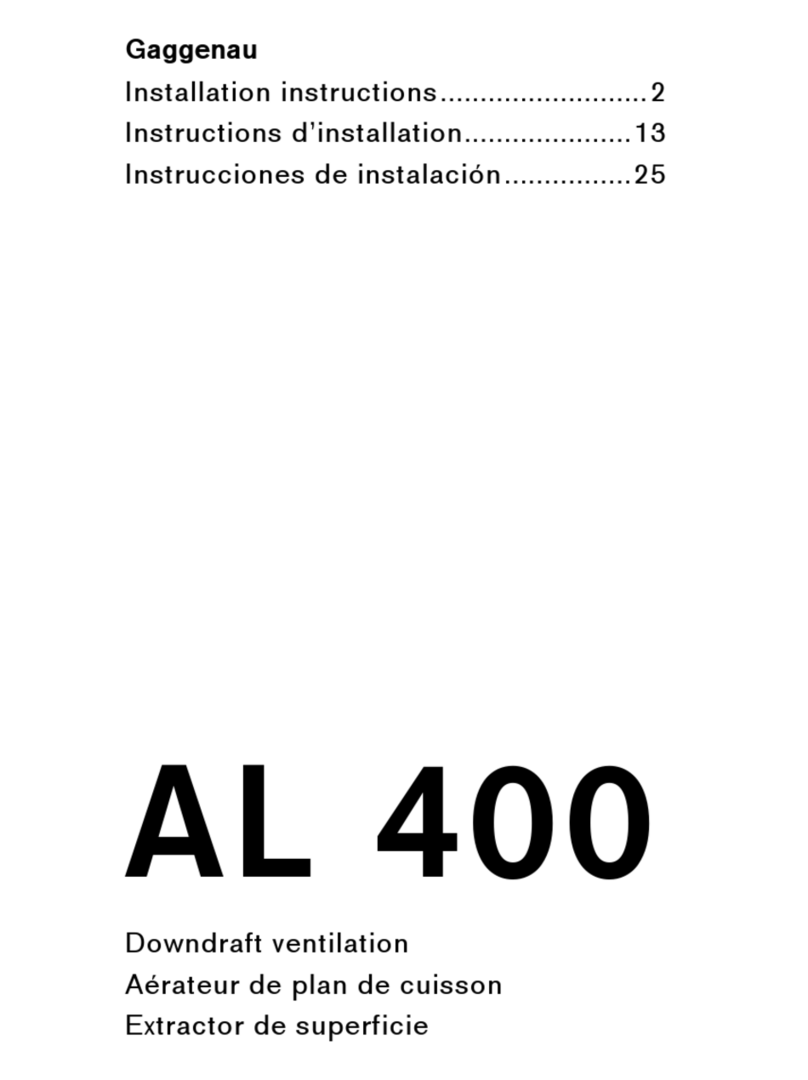
Gaggenau
Gaggenau AL 400 User manual

Gaggenau
Gaggenau AW 221190CN Assembly instructions

Gaggenau
Gaggenau AW 200-790 Product guide
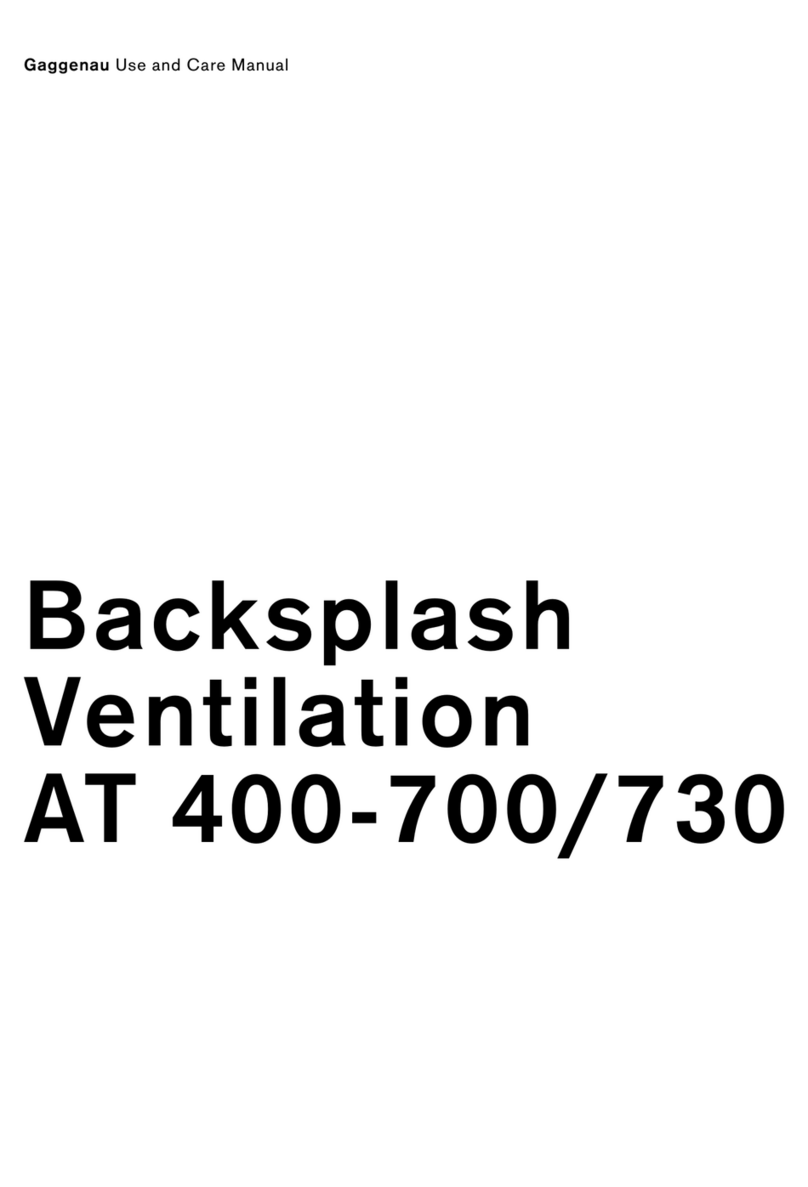
Gaggenau
Gaggenau AT 400-730 User manual

Gaggenau
Gaggenau VL 051-107 Service manual

Gaggenau
Gaggenau AL 400 791 User manual

Gaggenau
Gaggenau VL414115 Operating and maintenance instructions
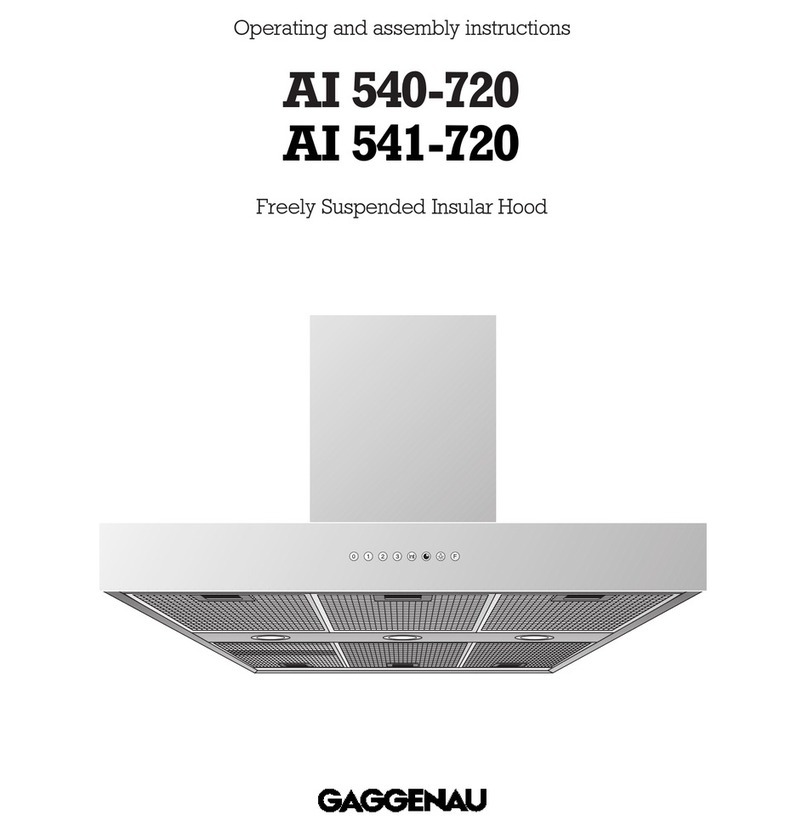
Gaggenau
Gaggenau AI 540-720 Product guide

Gaggenau
Gaggenau AW240120 User manual

Gaggenau
Gaggenau VL040-707 Product guide
Popular Ventilation Hood manuals by other brands

Hotpoint Ariston
Hotpoint Ariston HNP 6.5 CM X/HA operating instructions

KitchenAid
KitchenAid 30" (76.2 CM) RANGE HOOD Installation Instructions and Use & Care Guide

BOMANN
BOMANN DU 773 IX instruction manual

Kleenmaid
Kleenmaid RH1X Instructions for use and warranty details
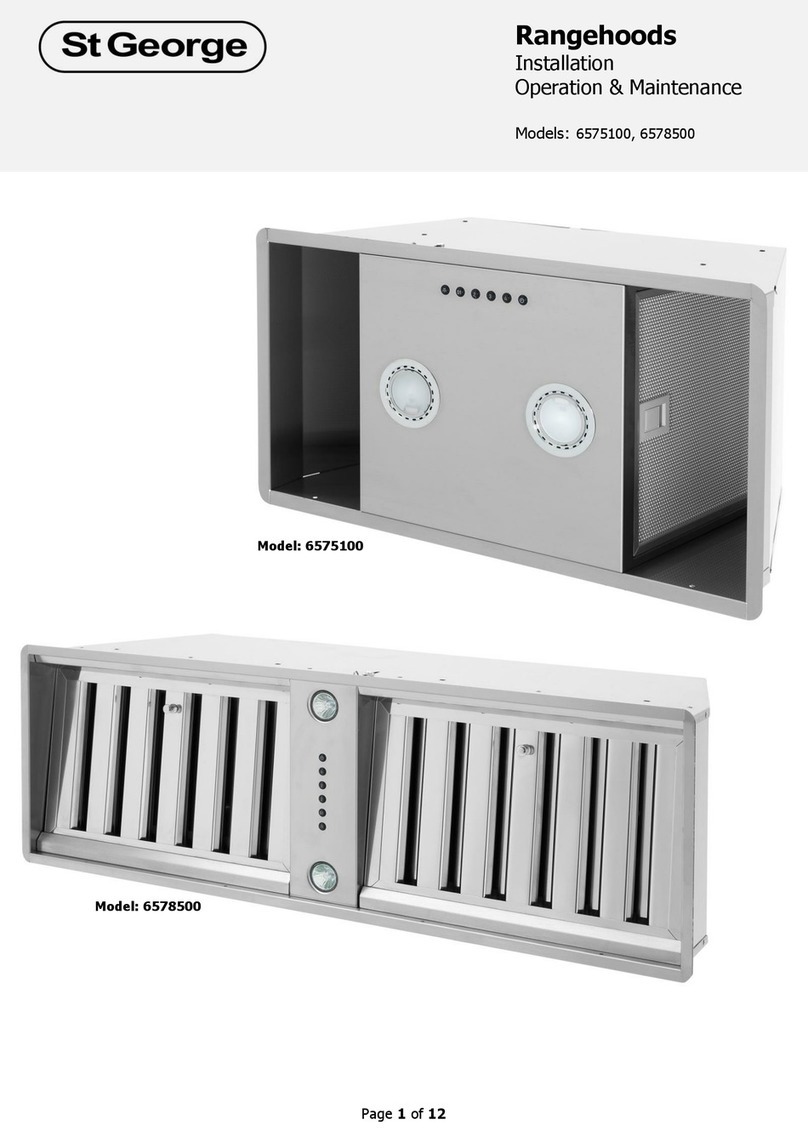
St George
St George 6578500 Installation operation & maintenance
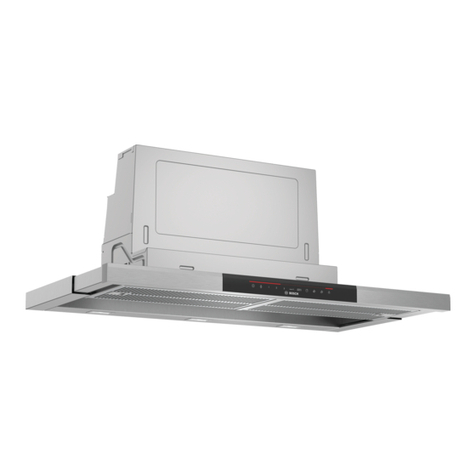
Bosch
Bosch DFS097K51 User manual and assembly instructions

Wolf
Wolf Pro Ventilation Hood Liners installation guide
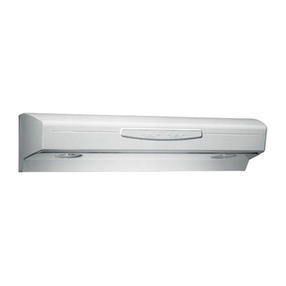
Kenmore
Kenmore 233.55012000 Use & care guide

Smeg
Smeg KDD90VX manual
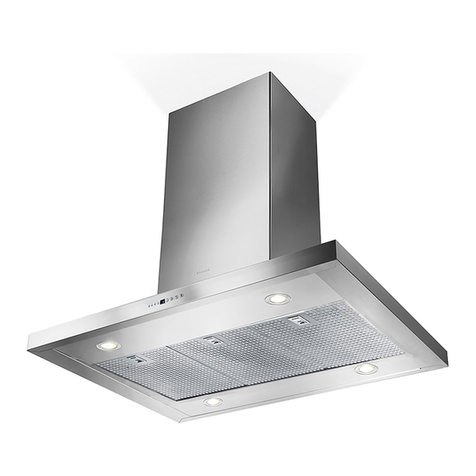
Faber
Faber BELLA IS Series Installation instructions; use and care information

Bertazzoni
Bertazzoni Professional Series User instructions
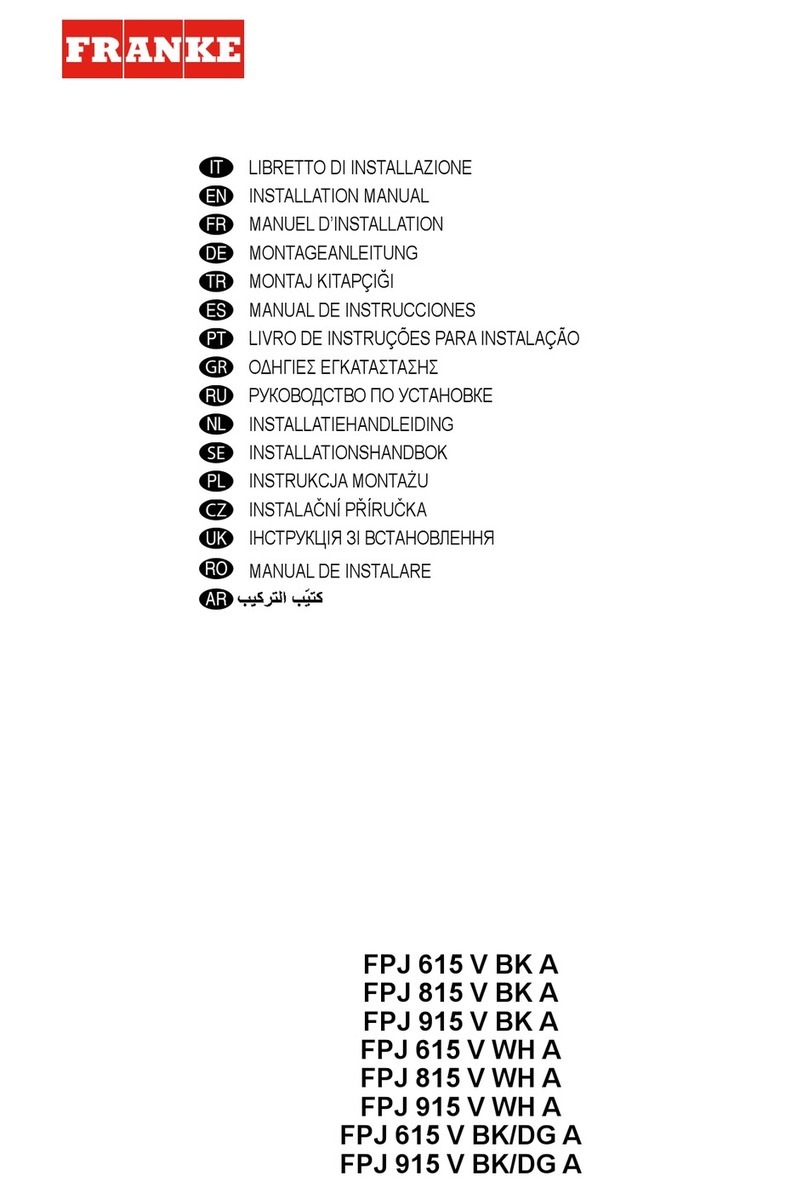
Franke
Franke FPJ 615 V BK A installation manual




